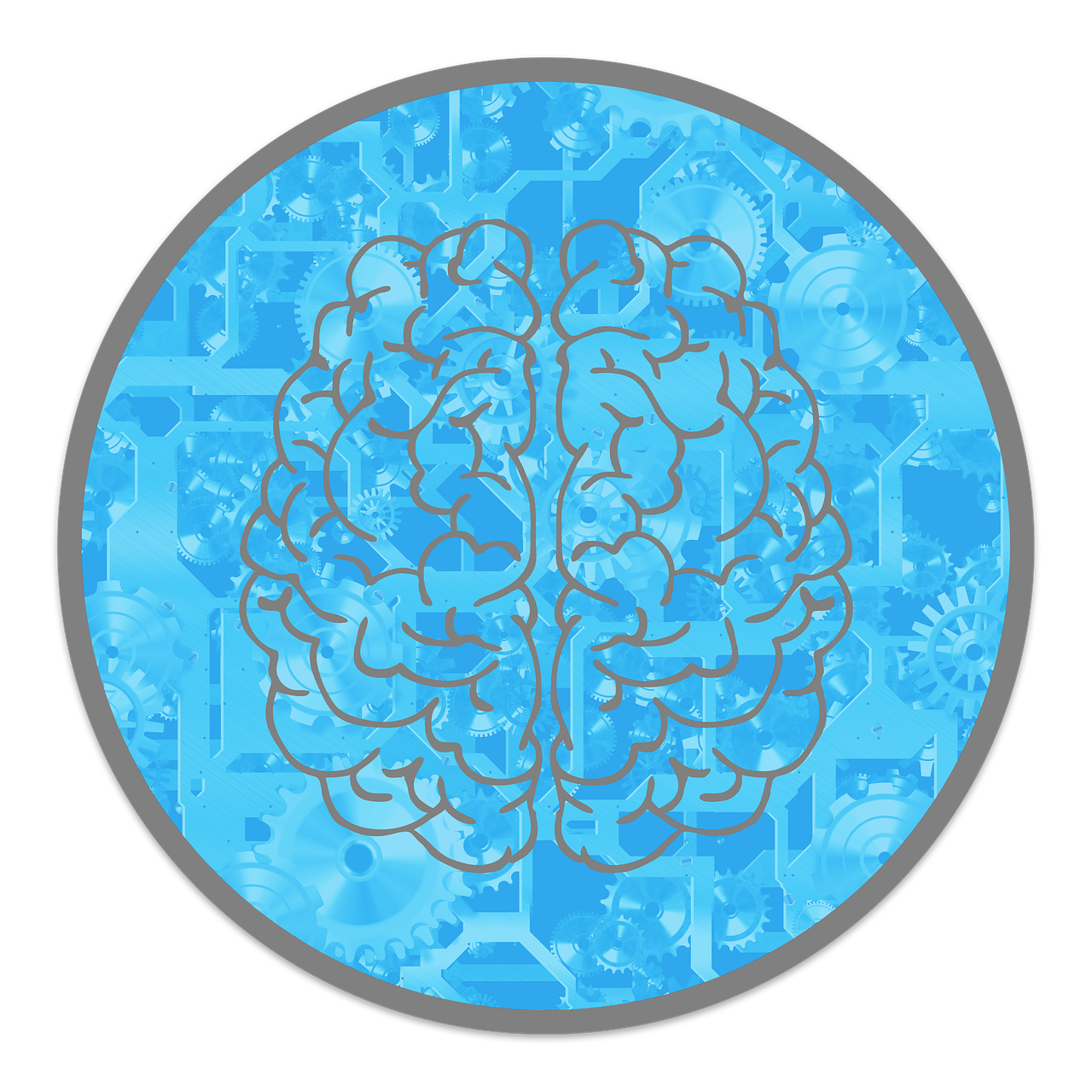
Have you ever wondered why we’re often drawn to pricey items, believing they’re superior just because they cost more?
This phenomenon, known as the price-quality illusion, plays a significant role in our purchasing decisions.
Let’s delve into the psychology behind our attraction to expensive products and uncover the factors that influence our perceptions.
The Psychology Behind Expensive Products
High-priced products aren’t just about quality—they tap into deep psychological needs.
Here’s what drives people to spend more:
Perceived value
Our brains play tricks on us.
When we see a high price tag, we automatically assume the product is superior – even when cheaper options work just as well.
It’s why people will pay $200 for white t-shirts with a designer logo.
Status signaling
That Rolex isn’t just a watch – it’s a badge that says “I’ve made it.”
Luxury items work like social shorthand, instantly communicating status and belonging to certain groups.
The logo on your handbag often matters more than the bag itself.
- Read also: Consumer Behavior: Post-Purchase Cognitive Dissonance
- Read also: Why We Buy Things We Don’t Need: The Psychology Behind Impulse Purchases
Scarcity and exclusivity
When brands release “limited edition” items or say “only 3 left!”, they tap into our fear of missing out.
Scarcity makes our hearts race and wallets open – even for things we don’t really need.
Emotional storytelling
Clever marketers sell feelings, not features.
A Tesla isn’t just a car – it’s “the future of driving.”
A Chanel bag isn’t just leather – it’s “timeless Parisian elegance.”
They’re selling the story, not the stuff.
The halo effect
When a brand impresses us in one area (like Apple’s sleek designs), we assume everything they make is wonderful.
This “halo effect” explains why people line up for new iPhone models without even checking the specs.
Self-reward justification
After a big achievement or tough period, we often reward ourselves with luxury purchases.
That $300 dinner isn’t just food – it’s a way to say “I earned this” and validate our hard work.

Emotional Drivers of Luxury Purchases
Luxury purchases aren’t just about what we need, they’re fueled by powerful emotional triggers.
Here’s what really drives people to invest in high-end products:
Status & belonging
That designer bag or luxury car isn’t just an accessory, it’s a visible milestone.
People buy these items because they silently communicate success to the world, helping them feel recognized and valued in their social circles.
Self-expression
Our purchases become personal billboards.
The minimalist watch says “I appreciate precision,” while the handcrafted leather briefcase announces “I value tradition.”
We use luxury items to show who we are – or who we aspire to become.
Reward & self-worth
After years of hard work or overcoming challenges, that expensive spa treatment or fine jewelry becomes more than a purchase – it’s a tangible reward.
It’s our way of acknowledging our own worth and celebrating personal victories.
Emotional storytelling
Luxury brands are master storytellers.
An heirloom-quality pen transforms into “the instrument of great ideas.”
A vintage wine becomes “a celebration of life’s special moments.”
They’re selling dreams we’re eager to make our own.
Fear of missing out (FOMO)
When brands create artificial scarcity with “limited edition” tags or “VIP-only” access, they trigger our deep fear of being left out.
That panic of “If I don’t buy now, I’ll regret it forever” often overrides our practical judgment.

The Role of Branding and Marketing
Branding and marketing aren’t just about selling products—they’re about building relationships, shaping perceptions, and influencing decisions.
Here’s how they work together to connect with us:
Branding: The “personality” of a product
- Creates identity: A strong brand isn’t just a logo or color scheme—it’s a promise. Think of Apple (“innovation”) or Patagonia (“sustainability”).
- Builds trust: Consistent branding (like Coca-Cola’s timeless red and white) makes products feel familiar and reliable, reducing the “risk” of trying something new.
- Fosters loyalty: Brands like Nike or Starbucks turn customers into advocates by making them feel part of a tribe.
Marketing: The storytelling engine
- Emotional storytelling: Marketing taps into feelings, not just facts. Ads for luxury cars don’t talk about horsepower—they show winding roads and freedom, selling a lifestyle.
- Social proof: Testimonials, influencers, or “10 million served” slogans convince us that others approve, easing our fear of making a “wrong” choice.
- Creates urgency: Limited-time offers or phrases like “Don’t miss out!” push us to act quickly, overriding logical decision-making.
- Targets needs: Good marketing speaks directly to our desires. A skincare ad might ask, “Tired of dull skin?”—immediately addressing a personal pain point.
Being Smart About Spending
Smart spending isn’t about depriving yourself, it’s about making intentional choices that align with your goals and values.
Here’s how to take control of your money:
Know your triggers
Identify what drives impulse buys.
Do sales, limited-time offers, or stress shopping tempt you?
Track your purchases for a few weeks, you might notice patterns.
Once you know your triggers, you can pause before clicking “buy.”
Budget with purpose
A good budget isn’t restrictive—it’s freeing. Try this simple rule:
- 50% for needs (rent, bills, groceries)
- 30% for wants (dinner out, hobbies)
- 20% for savings or debt payments
This way, you cover essentials, enjoy life, and prepare for the future.
Wait 24 hours
Before buying non-essential items, give yourself a day to think.
Often, the urge fades, helping you avoid regretful purchases.
Ask: “Will this add value to my life in a week, or is it a fleeting want?”
Research before you buy
Compare prices, read reviews, and ask:
- Quality: Will this last, or will I replace it soon?
- Usefulness: How often will I actually use this?
- Alternatives: Is there a cheaper option that works just as well?
Avoid “deals” that don’t serve you
Sales and bundles can trick you into buying more.
Before grabbing a “buy one, get one free” offer, ask: Would I buy this at full price? If not, walk away.
Automate savings
Pay yourself first.
Set up automatic transfers to savings or investments right after payday.
This removes temptation and builds financial security over time.
Focus on value, not price
Cheap isn’t always better. Invest in items you’ll use daily (like a good mattress or work shoes) to save money long-term.
Conversely, skip expensive “status” items that don’t bring real joy or utility.
Practice mindful spending
Before buying, pause and ask:
- “Am I bored/stressed/sad?” (Emotional spending rarely satisfies.)
- “Does this fit my bigger goals?” (Like saving for a trip or paying off debt.)

- Read also: The Power of Habit: The Science Behind Habitual Buying Behavior
- Read also: Can Money Buy Happiness? The Psychology of Wealth and Well-Being
Final Thoughts
Our love for expensive products is deeply rooted in psychological factors, from the price-quality illusion to emotional drivers like self-esteem and accomplishment.
By understanding these influences and the marketing strategies that exploit them, we can become more conscious consumers, making choices that align with our true needs and values.


